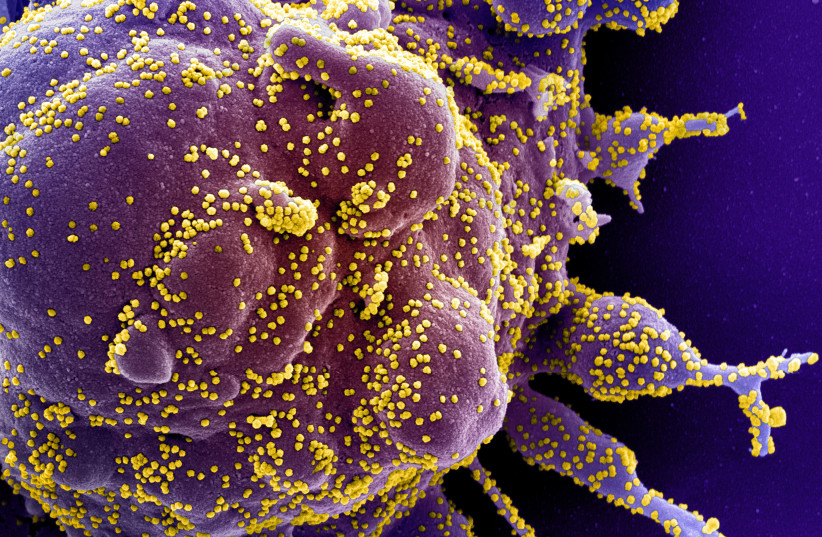Over 120 free-ranging white-tailed deer in Ohio were found to be infected with the novel coronavirus, with researchers finding signs that the virus may have spread among the deer, in a study published on Thursday in Nature.
While antibodies for SARS-CoV-2 had been found already in white-tailed deer in July 2021, the new research shows the first PCR-confirmed reports of infection in white-tailed deer.
Between January and March of this year, the researchers sampled 360 free-ranging white-tailed deer in nine locations in northeast Ohio, finding coronavirus infections in 129 of the deer (35.8%).
Three different sublineages of the virus were found in the populations: B.1.2, B.1.596 and B.1.582.
The study found that male deer and heavier deer were significantly more likely to test positive for SARS-CoV-2.

Viable samples of the virus were recovered from two of the deer and deer-to-deer transmission may have occurred within three of the sites sampled and sequenced. Changes in amino acids which were not seen in the most closely related human viruses were observed in all the deer viruses collected in the site which had the B.1.596 sublineage. Gene mutations which are uncommon among human viruses were found in some of the deer samples as well.
One of the deer virus samples had a mutation labeled E484D, which was not present in the human viruses most closely related to the sample. The scientists were unable to determine if the mutation came from an unsampled human virus or was generated in the deer. It is also unclear if these mutations have spread to other deer.
In the study, the scientists expressed concerns that a reservoir of SARS-CoV-2 viruses could be established in white-tailed deer, opening new pathways for the evolution of the virus, transmission to other species and even potential spillback of new variants to humans which our immune system would not have seen before.
The researchers called for expanded monitoring of SARS-CoV-2 in wildlife, including white-tailed deer, to understand how the virus spreads and evolves. They stressed that while up until now infections in deer in Michigan, Pennsylvania, New York and Illinois had only been found by serological testing, which is difficult to interpret, their latest findings may show that the infections found so far are "just the tip of the iceberg."
“Based on evidence from other studies, we knew they were being exposed in the wild and that in the lab we could infect them and the virus could transmit from deer to deer. Here, we’re saying that in the wild, they are infected,” said Andrew Bowman, associate professor of veterinary preventive medicine at The Ohio State University and senior author of the paper, to Ohio State News. “And if they can maintain it, we have a new potential source of SARS-CoV-2 coming in to humans. That would mean that beyond tracking what’s in people, we’ll need to know what’s in the deer, too.
Earlier this month, the World Organization for Animal Health (OIE) encouraged countries to raise awareness with hunters and those living and working with wildlife to avoid leaving human waster or objects in forests that could be ingested or touched by deer or other wildlife. The OIE also called for further monitoring of SARS-CoV-2 in deer to understand how it spreads and evolves in wildlife.
